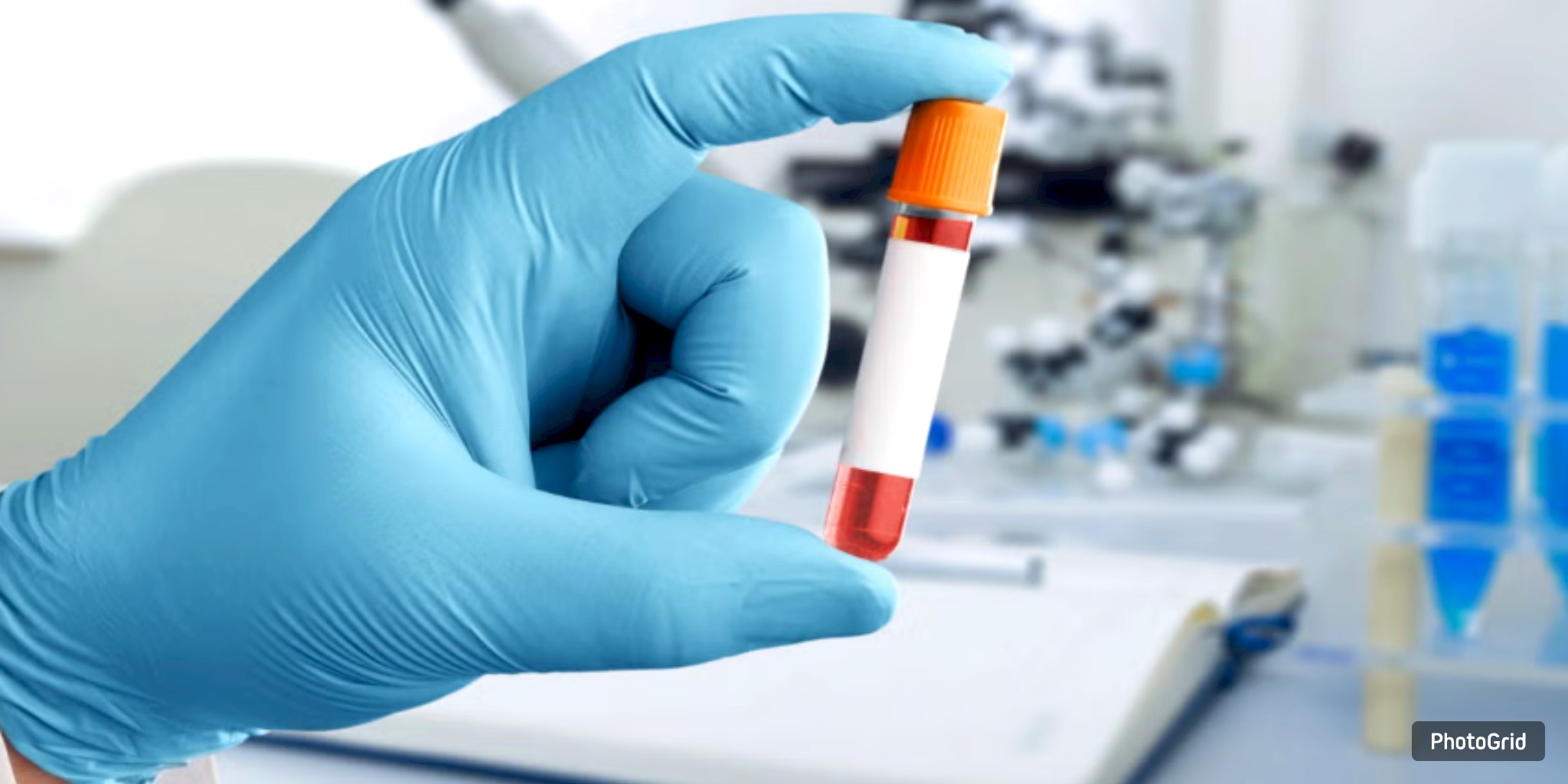The Port of Galveston’s cruise expansion raises questions about balancing growth with infrastructure capacity, as officials discuss plans for a fifth terminal amid rising traffic concerns.
.jpg)
As the Port of Galveston approaches third-busiest status in the country, Galveston officials are struggling with how to handle the explosive cruise industry expansion. Concerns about further traffic congestion on Harborside Drive and 14th Street have split municipal officials even as Cruise Terminal 16 opens in November. "Additional port traffic on 14th Street may exacerbate that, and we won't know until Cruise Terminal 16 is put in," Councilman Bob Brown said, stressing local complaints about severe traffic near Terminal 10 and challenging the city's capacity.
Citing statistics showing the busiest cruise day traffic along Harborside averaged barely eight minutes, Port Director and CEO Rodger Rees presented a more hopeful picture. Rees underlined in a recent essay the advancement of the port on its 2019 master plan, which calls for four cruise terminals to be completed. He advised it's time to change the strategy to handle the potential and problems of the port's explosive expansion.
While some authorities advise stopping to evaluate infrastructure requirements, others—like Councilman Beau Rawlins—warn against slowing development, cautioning that doing so could convey the false impression of the port's business-ready state. City leaders' top concern while the argument goes on is still juggling explosive income with sustainable growth.

Cleanup efforts are underway in the Galveston Ship Channel after a vessel struck Pier 32 on Tuesday night, causing an oil spill that temporarily shut down a busy stretch of the waterway and disrupted cruise ship traffic.

Firefighters in Galveston contained a fast-moving brush fire that burned about 90 acres on Wednesday evening near the San Luis Pass Bridge. No injuries or property damage were reported.

Aspira Women’s Health Inc. has entered into a new laboratory services agreement with the University of Texas Medical Branch at Galveston as part of its strategy to expand access to its ovarian cancer diagnostic tests across Texas.